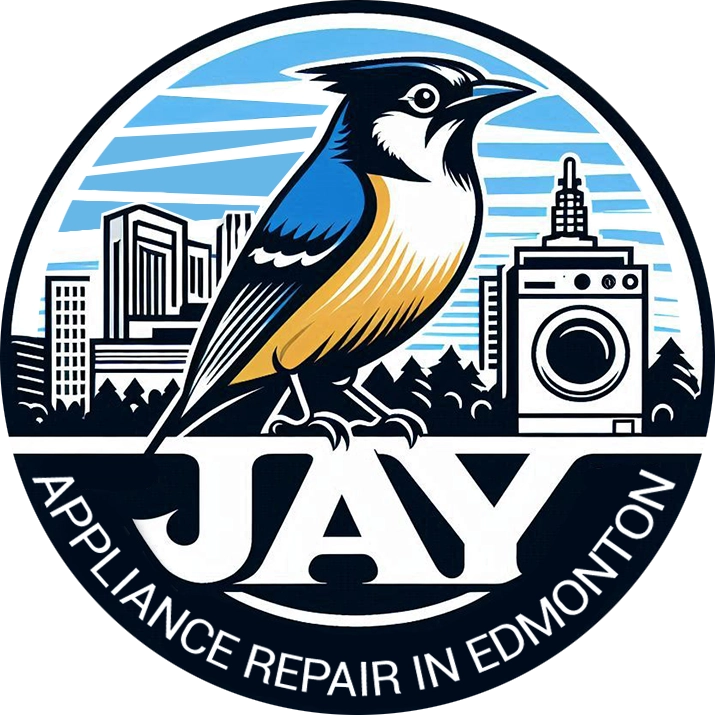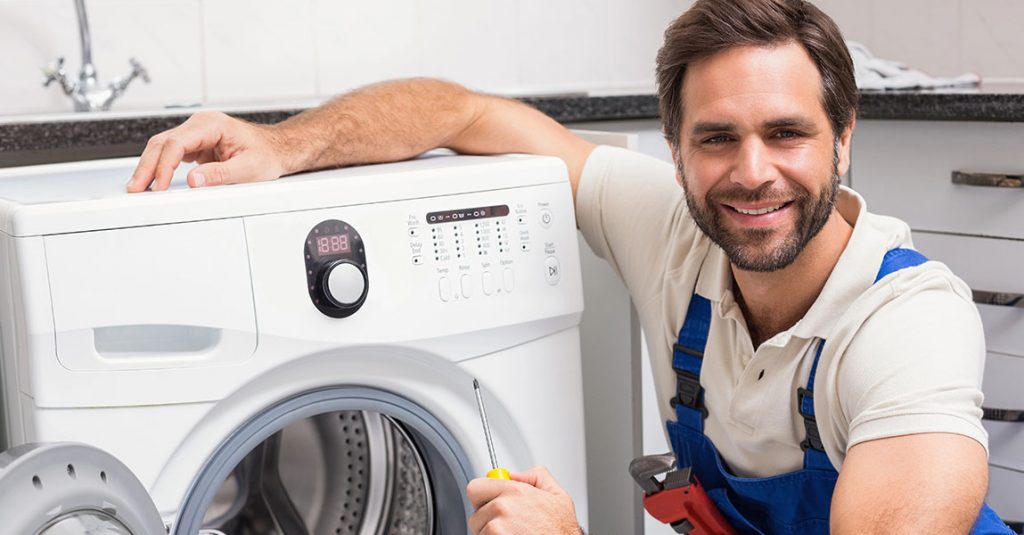Why a Washer Overfilling With Water Is a Bigger Problem Than It Seems
When our washer overfills, it’s not just a messy inconvenience. It often points to a deeper issue in the machine’s ability to regulate its water levels. This problem can damage flooring, waste water, and even lead to mold if ignored for too long. Therefore, it’s something we should address immediately rather than let it slide.
In most cases, the cause is surprisingly small. That is to say, a single failing part could be responsible. One of the most common culprits? A faulty pressure switch.
What Is a Pressure Switch and What Does It Do?
The pressure switch in a washing machine acts like a water level sensor. It helps control how much water enters the drum during the fill cycle. So, if it malfunctions, your washer may not know when to stop filling. This is how an overfill happens.
The switch is typically connected to a small plastic or rubber hose. As water enters the washer, air pressure builds up inside this hose. Consequently, the pressure triggers the switch once the water reaches a certain level. If the switch fails, that trigger may never happen.
Signs That the Pressure Switch May Be Failing
There are a few warning signs we can look for. Firstly, and most obviously, the washer overfills. But, in addition, we might notice that it takes longer than usual to fill or that water keeps running even when the washer is turned off.
To clarify, not all overfill issues are due to the pressure switch. Faulty inlet valves, clogged air domes, or kinked hoses can also contribute. However, if we’ve ruled out these possibilities and the machine still floods, the pressure switch becomes the primary suspect.
How to Test the Pressure Switch at Home
Before replacing anything, we can do a basic test. During this step, we unplug the machine for safety. After that, we remove the control panel to locate the pressure switch, usually found near the top of the washer.
We then detach the small rubber hose connected to it and blow into it gently. If we hear a faint click, the switch might still be operational. However, if there’s no sound or if the hose feels blocked, we likely have a problem. In that case, it might be time to consult a professional for washer repair in Vancouver.
Can a Pressure Switch Be Repaired or Should It Be Replaced?
In most situations, it’s better to replace the pressure switch than try to fix it. These parts aren’t designed for repairs and are relatively inexpensive. Therefore, it saves time and reduces the risk of future issues.
We must also check the hose for any blockages or cracks. For instance, lint or detergent buildup can restrict airflow, mimicking the symptoms of a bad switch. If cleaning the hose fixes the issue, we’ve just saved ourselves the cost of a part.
How This Problem Affects Energy and Water Bills
An overflowing washer doesn’t just cause physical damage. Most importantly, it increases water usage significantly. Likewise, if the machine is using more hot water than needed, it also raises our utility bills.
Fixing the issue quickly not only prevents damage but also helps us avoid unnecessary costs. In short, paying attention to small signs can protect both our home and our wallet in the long run.
Preventing Overfill Issues in the Future
Once we’ve addressed the immediate problem, it’s worth taking steps to prevent it from happening again. For example, regularly inspecting the hose connected to the pressure switch can help. Similarly, using the right detergent in the correct amount avoids excess suds that may affect internal sensors.
We should also avoid overloading the machine. In the same vein, washing heavy items in a single load can strain the machine and cause water regulation issues. These small habits keep things running smoothly.
When to Call a Technician
We can do simple tests on our own, but sometimes the issue isn’t obvious. If we’ve checked the hose, cleaned it, and replaced the switch and the problem persists, it’s time for expert help.
For those in the area needing appliance repair in Vancouver, we recommend reaching out to a local technician who understands these machines inside and out. That way, the issue gets fixed properly and without delay.
Additional Insight: Don’t Overlook the Air Dome
Here’s something we’ve learned that many people miss. The air dome, which helps transmit pressure through the hose, can also clog over time. It’s usually located at the base of the tub where the hose connects.
If it’s filled with gunk, it blocks the air pressure needed to activate the switch. We can clean it by gently scrubbing it with a brush and rinsing it under warm water. After that, we reattach the hose and test the system again.
Be Cautious With Online Parts
We often see people ordering pressure switches online without checking model compatibility. This can lead to wasted time and money. Each washer model uses specific parts. Therefore, double-check your model number before purchasing.
Better yet, if we’re unsure, it’s worth reaching out for support. You can always contact a local technician to help identify the correct replacement and ensure proper installation.
Clean the Washer Internally for Better Sensor Performance
Sensors, including the pressure switch, operate better when the inside of the washer is clean. Over time, buildup from hard water, detergent, and dirt can interfere with internal systems. That is to say, maintenance goes beyond what we see.
Running a cleaning cycle once a month with hot water and white vinegar can remove residues. Likewise, wiping down the seals and dispensers after each load keeps the washer in better shape. These habits support overall efficiency.
What to Watch After Replacing the Pressure Switch
After replacement, we should monitor a few things during the first few cycles. Check if the fill level seems correct. Also, listen for that distinct click that indicates the switch is engaging.
If we still notice water rising too high, there may be another sensor problem or an electrical issue. In that case, it’s safer to schedule professional washer service before more damage occurs.
Clear Signs That Mean the Issue Is Not the Pressure Switch
Not every overfill is caused by a bad pressure switch. For example, if the washer stops mid-cycle or won’t start at all, we could be dealing with a faulty control board instead. Likewise, if water flows constantly even when the machine is off, a stuck water inlet valve is likely the issue.
Knowing the symptoms of each part helps us make better decisions. That way, we avoid replacing the wrong components and spending money unnecessarily.
Call to Action: Don’t Let Water Damage Get Worse
If your washer keeps overfilling and you’ve ruled out obvious fixes, it’s time to act. Pressure switches are often overlooked, but they play a major role in safe operation. Whether you need advice or hands-on help, our team is here to support you. Feel free to contact us directly and we’ll guide you through your options.
Frequently Asked Questions
What causes a washer to overfill with water?
A washer often overfills due to a faulty pressure switch, clogged hose, or stuck inlet valve. These parts fail to stop water at the correct level.
Can I replace a pressure switch myself?
Yes, many people can replace it with basic tools and instructions. However, if you’re unsure about compatibility or wiring, professional help is safer.
How do I know if the inlet valve is the problem instead?
If water keeps flowing even when the washer is off, the inlet valve may be stuck open. That usually means it’s not related to the pressure switch.
Does detergent buildup affect the pressure switch?
Indirectly, yes. Detergent can clog the hose or air dome, causing inaccurate pressure readings that lead to overfilling.
Should I turn off the washer immediately if it overfills?
Absolutely. Unplug the washer and shut off the water supply to avoid flooding or further damage to internal parts.

